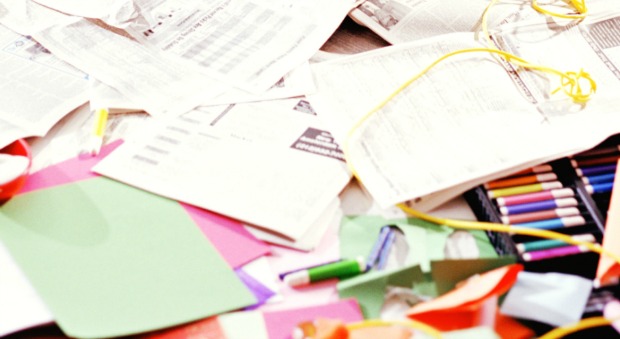 Follow my blog with Bloglovin
Follow my blog with Bloglovin
Papers are a fact of life. Between the mail, office work, and kids’ school papers, sometimes it feels like your home is being taken over by an ever-multiplying pile of paper. Chances are you have tried different methods for taming the beast, but nothing really seems to do the job. Well, we’ve got some great news: you really can organize all that paper clutter into one neat system, and you can start TODAY. If you follow through on these easy steps and go at your own pace, you’ll never have to slay this dragon again.
1. Set up your “in” box
The first thing you need is a box or basket to contain all incoming paper, so you can stop it from piling up on your counter or coffee table. Choose something you don’t mind looking at every day. Any papers that come into the house goes here, so it should be in a main living area. For even better containment, put it on a bookshelf.
2. Gather the loose stuff
After you have your box set up, gather all the loose papers that are floating around your house. If you don’t need it, throw it in the recycle bin, but everything else goes in the box. Don’t worry about sorting for now, except to separate any bills or forms that need immediate attention. Just grab your bin or basket and check every room. Your house probably looks better already!
3. Should you go paperless?
Many banks, schools, and other organizations offer “paperless” options for sending information. Decide what you’d like to go paperless on, if anything, and set it up (usually online). You can also purchase a handy scanner for any important papers you’d like to keep, but don’t want to store physically. Create categorized folders on your computer for scanned papers, or use an app like Evernote.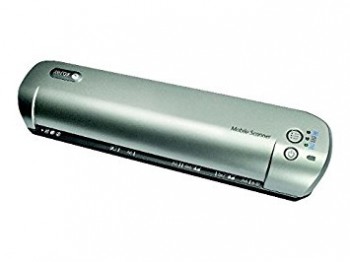
4. Gather filing supplies
Any papers you are still going to store will require a filing system. This can be a full filing cabinet if you wish, but you can also start with a simple file box and some folders, or even binders if that’s how you roll. Just get the supplies now…you’ll set it up later.
5. Process your “in” box
Schedule a time every week to go through your in box. If you do this weekly, it won’t be overflowing with stuff. This is where you sort through what to recycle, shred, pay, or file. Take whatever action required: pay the bill, sign the permission slip, whatever. Send the slip back to school with your son. Pay the bill, mark it paid and put it back in the box (for now). This is the key to keeping your in box neat and your paper pile in check.
6. Set up your file
In step 3, you gathered your fling supplies. Now you need to set up your filing system. It doesn’t need to be too elaborate — just something that will keep important stuff sorted into categories. Create whatever categories that make sense for you. You might have sections for health records, school papers, coupons, etc.
7. Set up a finance binder
This handy binder is going to help you stay on top of your bills. You won’t need to “file” any of it this way, and everything will be right in front of you when it’s time to pay up. Learn more here.
8. Organize receipts
Receipts play a big part in your paper clutter problem. You can certainly scan these if you wish, but since they don’t take up a lot of room, you can certainly give them their own little “system” using a simple accordion file, labeled by month or category.
9. Gather your coupons
If you like saving money, you probably keep coupons. Whether you’re a big coupon guru or a casual clipper, you’ll need a way to keep them organized. Your store rewards cards can be part of this as well, if you like. Use a similar accordion file to your receipt system, and make sure it fits in your handbag, so you can carry the savings with you! Go through this file regularly to get rid of the expired coupons.
10. Tame the kids’ stuff
If you have kids, chances are you have art projects, report cards, and other school information all over your house.You want to keep it all, but you don’t need it taking over your life. Try this method for keeping things under control, including a file box for each child.
11. Handle the backlog
Remember the papers you gathered up from all over the house, after you got your in box? Now it’s time to tackle everything that didn’t need immediate attention (which you hopefully already took care of). Since you have file systems in place now, it shouldn’t be hard to go through the backlog and put everything in the right place.
12. Enjoy!
You’ve tamed the paper beast. With regular maintenance, you’ll never again have to face the horror of excess paper clutter.


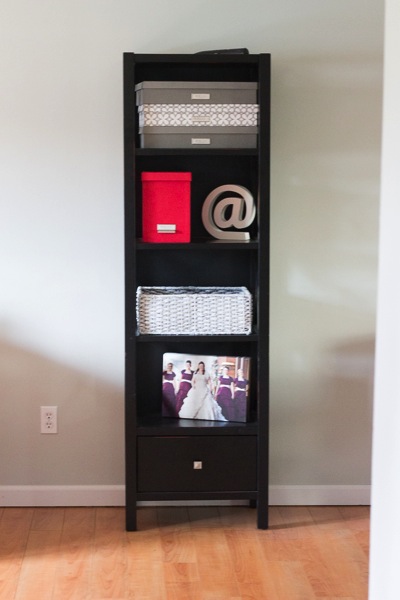
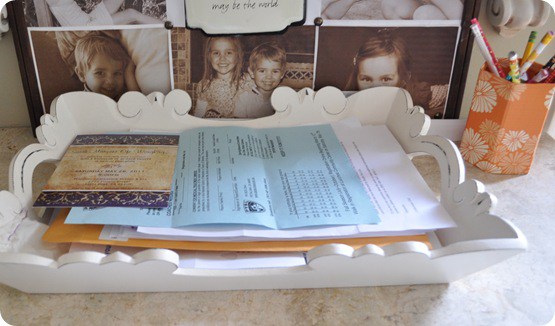
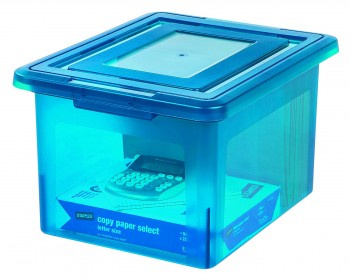
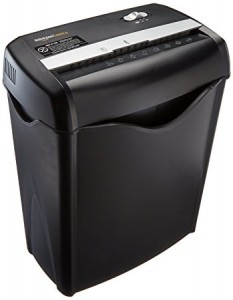
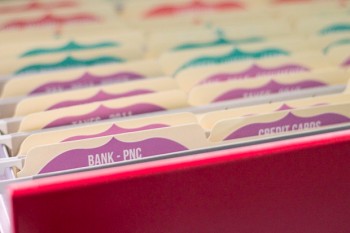
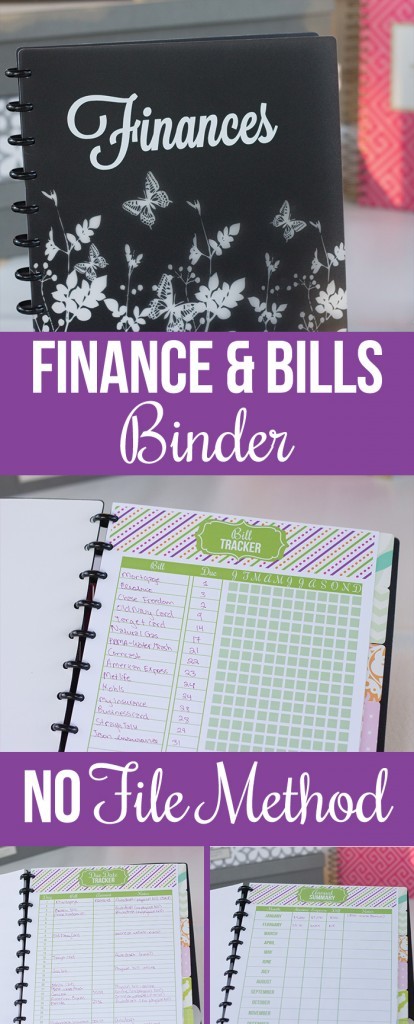
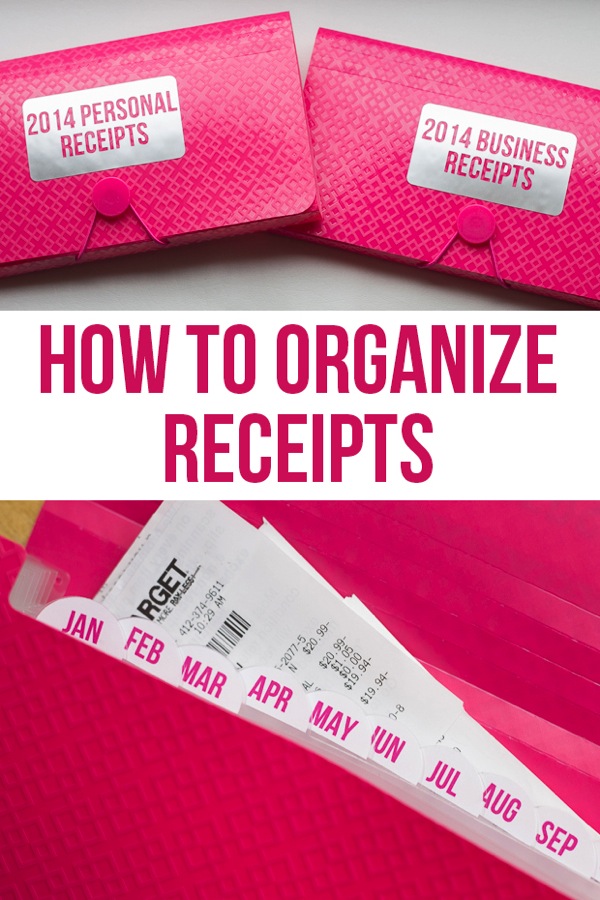
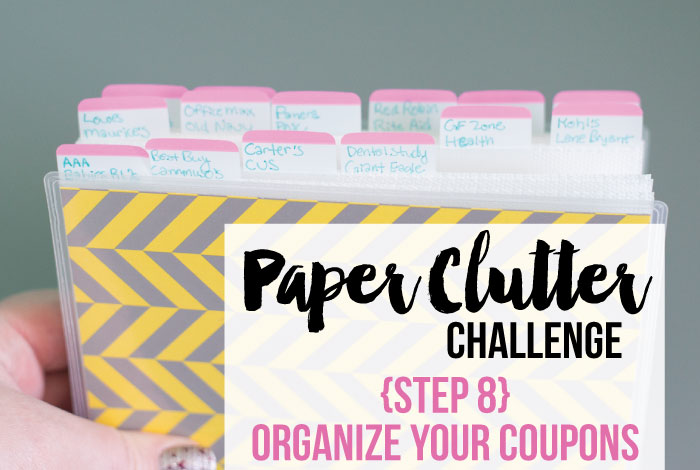
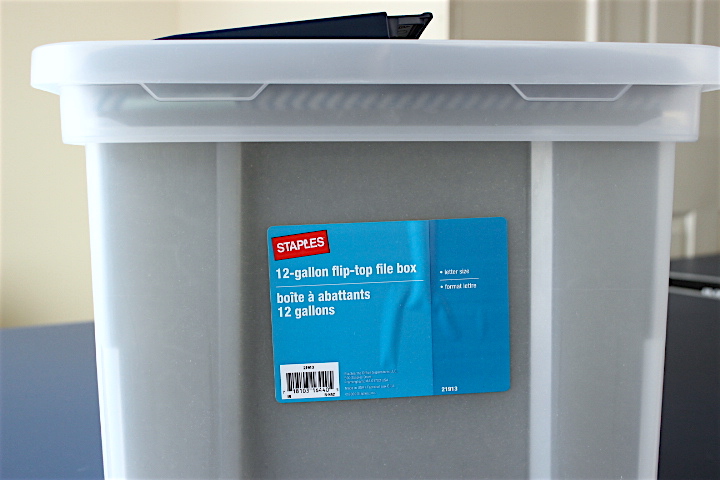
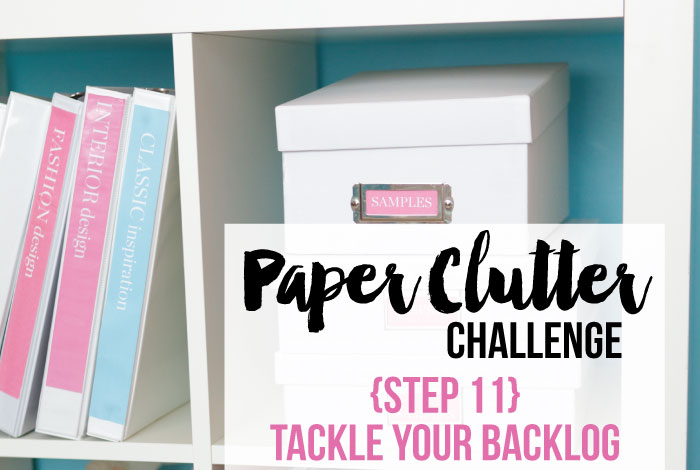

Leave a Reply